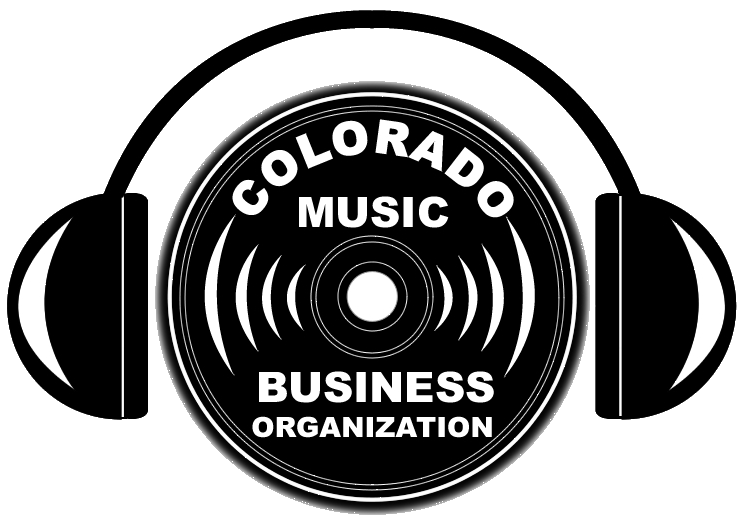Photo: Daniel Ek | Before Spotify, piracy dominated music consumption – and the industry was in crisis. But an 18-year-old from Sweden saw a way to fix it. This video tells the remarkable story of Daniel Ek, who turned a teenage web design hustle into one of the most powerful platforms in music history. From Napster’s downfall to Spotify’s global takeover, it’s a story of innovation and timing…
# # # # #
Spotify’s Royalty Threshold Is Conscious Parallelism Reshaping the Music Business—But Not in a Good Way
By Chris Castle, The Trichordist | Spotify recently rolled out a quiet but seismic change to its royalty system: if a track doesn’t get at least 1,000 streams in a 12-month period, it earns no royalties. Zero. The company claims this policy is about reducing “fraud” and redirecting money to “working artists,” but behind that PR gloss is a shift that disproportionately harms independent musicians and smaller rightsholders.
Let’s be clear—this isn’t just about removing noise from the system. It’s about redrawing the map of who gets paid in the streaming economy and who gets pushed out.
The Hidden Impact on Artists
At first glance, 1,000 streams might sound like a modest hurdle. But in the aggregate, this threshold excludes potentially millions of tracks from ever receiving a dime—even though Spotify continues to profit from their presence through ad revenue and user engagement. It’s easy to assume the affected tracks belong only to DIY artists or obscure creators. But that’s not necessarily true.
Spotify’s royalty model is track-focused, not artist-focused. You could have a single that racks up a million streams while the rest of the album struggles to clear a few hundred. Those lower-performing tracks—despite being part of a cohesive release—won’t earn a cent. Left to its own devices, the platform favors individual track performance over albums or an artist’s entire catalog. And that has sweeping implications not only for how artists are paid, but for how music is created, released, and valued in the streaming age.
It’s Not About Growing the Pie—It’s About Cutting Out the Bottom
The most revealing part of this policy isn’t what it claims to fix, but what it quietly avoids. Spotify is likely under enormous pressure—from major labels and rights holders—to raise the artist payouts. No matter how much Spotify denies the per-stream rate, there will always be a per-stream rate even if they pay a “stream share” to a label for the very simple reason that the label has to convert that revenue share into a per stream rate in order to allocate it to their several artists. That’s as simple as gross vs. net.
Plus we know just how bad the gross is from indie artists who get paid 100% of the “stream share”. It’s shit, ok? That’s why we know Spotify are under pressure to increase royalties.
But arbitrarily raising the total royalty pool would have consequences: it could trigger most-favored-nation clauses, obligate Spotify to pay more across the board.
Another way to raise royalties would be to “flatten” some of the minimum guarantee, i.e., make a portion of it nonrecoupable from future royalty payments. This was the practice with record clubs—a nonrecoupable payment has the added benefit of not being shared with artists as a kind of catalog-wide payment. This would also likely trigger MFNs, so that’s not super appealing either.
> > > > > > > > >
Go here to read the rest of this article: https://www.thetrichordist.com
# # # # #
Goodbye to Spotify as we know it—prices are going up again, and even the ad-supported plan isn’t spared from the increase
By Laura M., UnionRayo
Spotify has raised the price of its platform again. Two years after its first increase in more than a decade, the most popular music streaming platform on the internet has decided it’s time to give away its talent, time to raise prices… And yes, many of us found it hilarious (spoiler: we didn’t).
For now, it has only increased in Spain, and starting in September, Spanish users who were paying 10.99 euros will go on to pay 11.99 euros per month, without receiving any new feature or improvement in return, same service, 1 full euro more!!! This measure comes just as the company has finally managed to be profitable after years of accumulating losses. Is Spotify starting to behave like the big tech companies it used to criticize so much? Oof.
Price increase… justified?
“innovation” and “user experience” is how they justified this news, the reality is that there are no visible updates to justify charging you 1€ more for exactly the same thing you were already getting.
No audiobooks, no high-definition sound, no additional perks… Just one more euro each month, which adds up to two euros of increase since 2023. And while artists complain about how little they get paid, the platform is trying to reach one billion paying users.
> > > > > > > > > >
https://unionrayo.com/en/spotify-prices-going-up/

